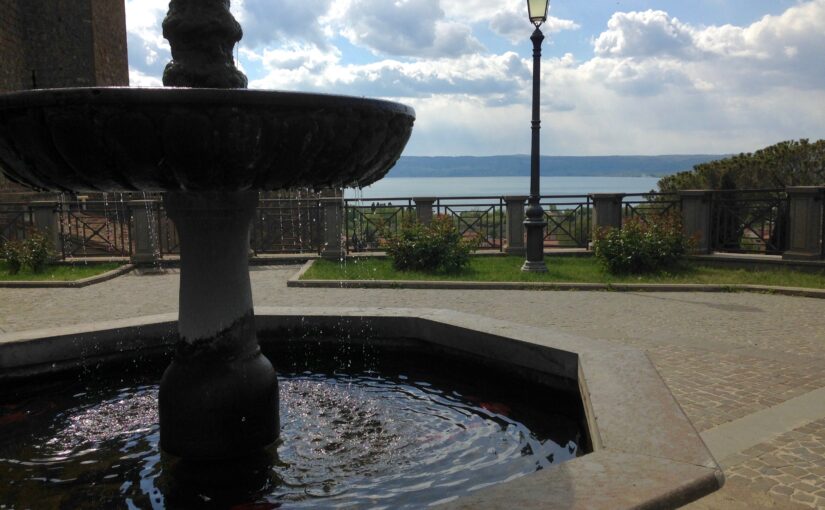Thursday and Friday of last week were noteworthy for good quality of movement. In walking it was easy to pivot and turn, and I could go through doors and make small adjustments to my stance without freezing. In typing, I could write a line or two accurately and smoothly. At night I was able to turn in bed and easily find comfortable positions. Saliva and nasal discharge were at normal levels. I could hold my pee.
And much, much more. It felt like PD was thinking of jumping ship!
Over the weekend most of that went away. Friend advises patience.
[all of the following is from Recovering from Parkinson’s by Janice Hadlock]
When I say a person “recovered from Parkinson’s instantly,” which is not unusual, I mean that the driver behind the symptoms of Parkinson’s completely ceased and didn’t ever return. The use of pause mode and the accompanying neurological inhibitions such as inhibition of dopaminerelease for motor function, an oppressive sense of joylessness, or even a sense of impending doom were instantly gone. When I say a person recovered instantly, I mean that the circuitry of pause turned off instantly. And it didn’t come back.
…
People whose underlying cause of Parkinson’s had ended could not suddenly move as easily as they had twenty years earlier. There were repercussions from their years, maybe decades, of having been on pause mode.
Being on pause is like being in a war. People with Parkinson’s are in a relentless, long-term war. Their muscles, brain behaviors, joints and skeletal structure are under constant attack in the sense that they are no longer receiving their normal support and supplies of energy. Some of their body and brain parts are essentially being starved and being allowed to fall apart. Muscles have atrophied; nerves have gone dormant. The brain’s motor imagining area – a crucial area for automatic movement, has become dormant due to non-use.
When a war ends, life does not instantly return to normal. Rebuilding after a war might take some time. How much time it takes depends on how much damage was incurred. Still, the post-war peace is glorious. You can celebrate and declare “The war is over!” even if much rebuilding isnecessary.
…
[I think I may be here.]
Also, although many people turn off pause in a flash, many others turn off pause gradually. Some people turn off self-induced pause gradually, some even going two steps forward, one step back, for months or years. They might find at first that they have odd moments, now and then, during which they feel different – not on pause. In these moments, the mind is more relaxed and movement in some parts of the body feels more fluid. If a person keeps up or intensifies his mental self-therapy, these moments gradually increase in frequency and duration. Eventually, these people find that they are using self- induced pause mode only once in a while, usually when they are concerned about something. The people who recover gradually, who turn off pause in fits and starts instead of instantly, might have a harder time believing, at first, that something is changing for the better. Even when their use of self-induced pause mode occurs very infrequently, maybe once a week for a few hours, they tend to be terrified, each time, that their Parkinson’s has returned as strong as ever. Even so, they can eventually recover fully and have no more relapses.









